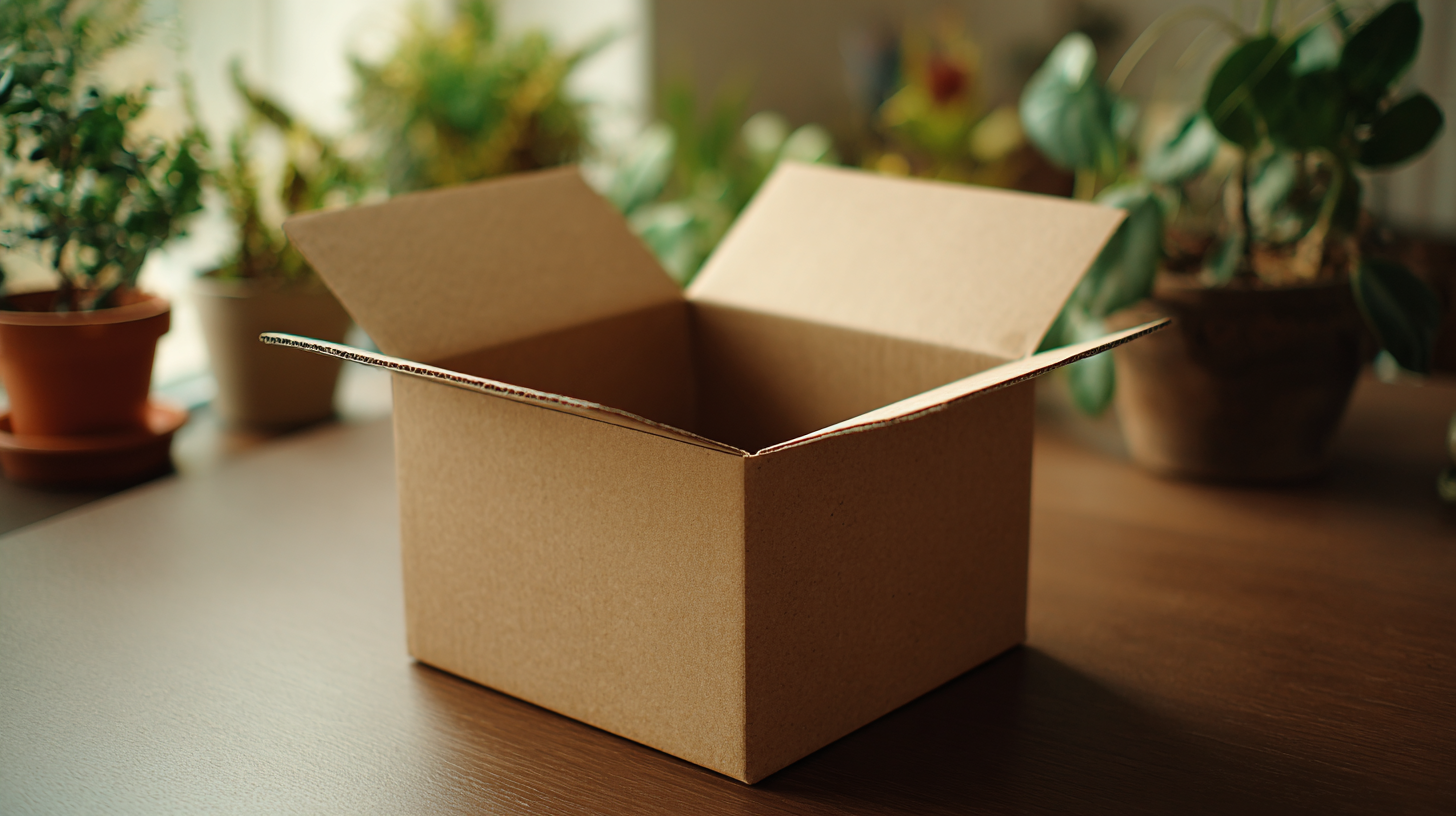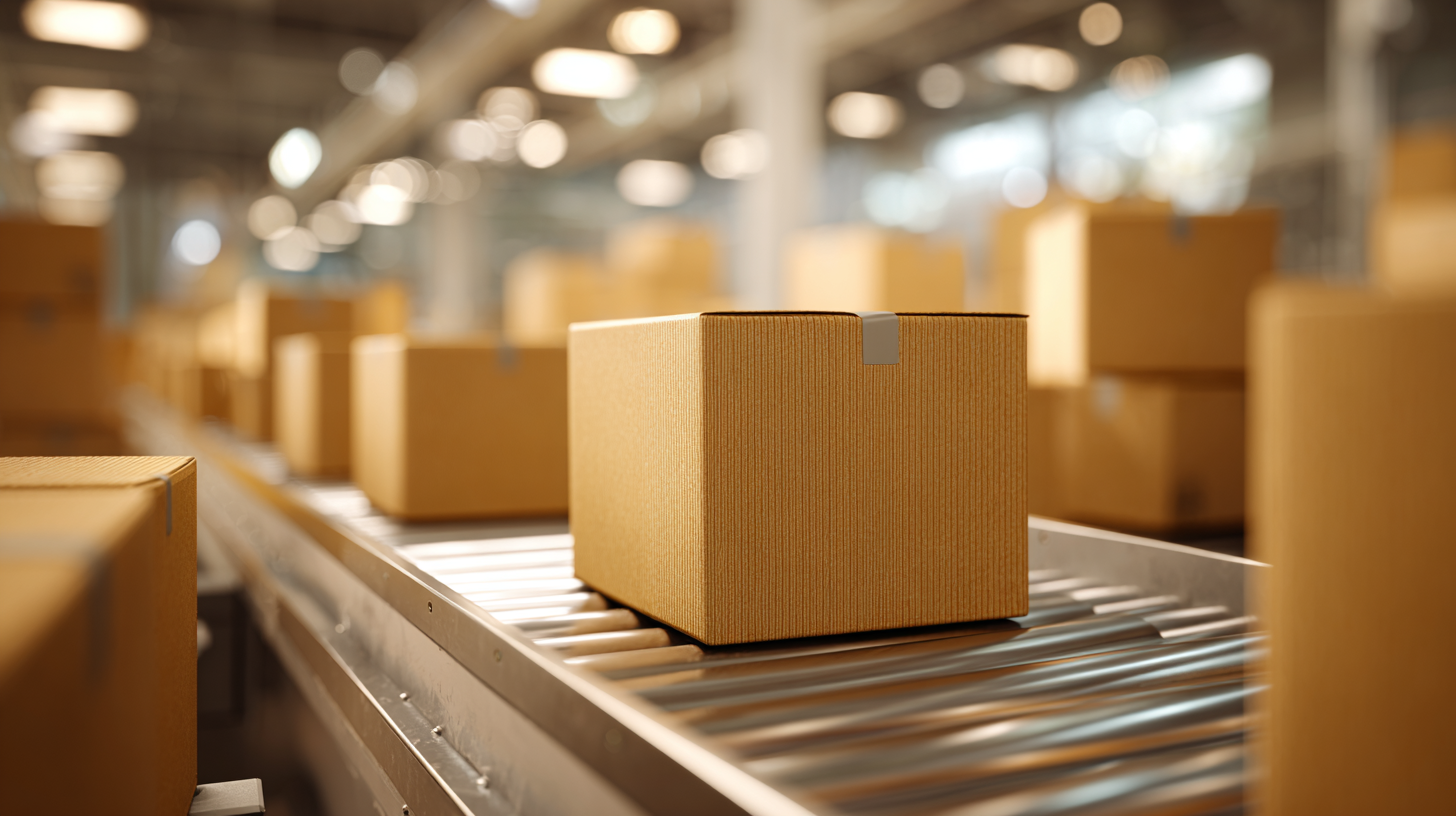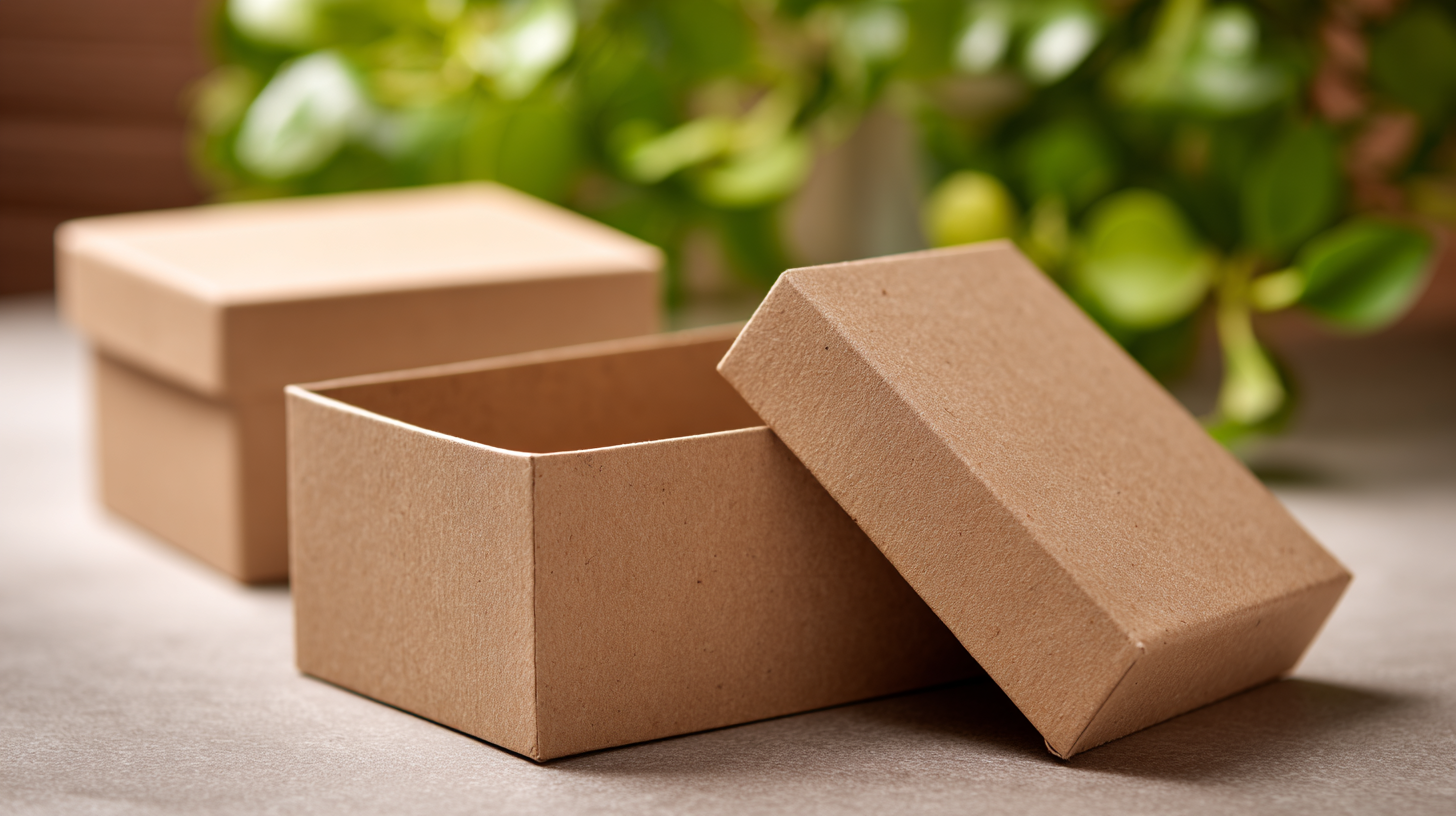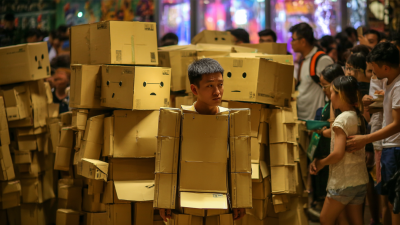As the world increasingly turns its attention to sustainable practices and eco-friendly solutions, the cardboard box has emerged as a beacon of innovation in the packaging industry. With its remarkable recyclability, biodegradability, and versatility, the cardboard box is not merely a vessel for goods but a vital component in the quest for environmentally responsible packaging alternatives. In a landscape overrun by plastic pollution and non-biodegradable materials, the cardboard box stands out as a sustainable choice that aligns with the growing consumer demand for greener options. This article will explore the various aspects that contribute to the cardboard box's sustainable future, including its production processes, life cycle, and the role it plays in reducing waste. By examining these elements, we can better appreciate how the cardboard box not only meets the packaging needs of today but also supports a more sustainable tomorrow.

In recent years, the demand for cardboard packaging has surged as businesses pivot towards more sustainable practices. Innovative design trends in this sector emphasize the use of recycled materials and eco-friendly production methods. As environmental awareness grows among consumers, companies are increasingly prioritizing sustainability in their packaging solutions, leading to a clear shift from traditional plastic containers to more environmentally responsible alternatives. Cardboard not only offers a biodegradable solution but also presents versatility in design and functionality.
The market for cardboard-based packaging is witnessing transformative developments, driven by advancements in technology and design. Contemporary cardboard packaging designs incorporate elements such as minimalist aesthetics, easy assembly, and added functionality, catering to both consumer preferences and ecological considerations. By utilizing materials that are easily recyclable and sourcing them responsibly, companies are reinforcing their commitment to sustainability. This trend is expected to continue as more brands recognize that sustainable packaging can enhance their market presence while contributing positively to the environment.
| Dimension | Data |
|---|---|
| Recyclability Rate | 90% |
| Average Lifespan | 2-3 years |
| Carbon Footprint Reduction | 30% lower than plastic |
| Common Materials Used | Recycled paper, Kraft paper |
| Innovative Features | Biodegradable coatings, Printed designs using soy ink |
| Main Applications | Retail, E-commerce, Food delivery |
| Market Growth Rate | 5.7% CAGR |
The role of recycled materials in enhancing the sustainability of cardboard boxes is increasingly vital in the context of eco-friendly packaging solutions. As businesses and consumers alike prioritize environmental responsibility, the use of recycled cardboard not only mitigates waste but also reduces the demand for virgin materials. This shift is gaining momentum, with many companies actively seeking to increase the proportion of recycled content in their packaging. By utilizing recycled fibers, businesses can create high-quality cardboard boxes that rival traditional options while promoting resource conservation.
Moreover, prominent brands are adopting innovative practices within their supply chains to enhance recycling efforts and minimize ecological footprints. The focus on sustainable packaging is not merely a trend; it is becoming a fundamental strategy for companies aiming to meet regulatory and consumer expectations. By developing packaging that is designed for recycling and reusability, companies can improve their overall sustainability profile. The commitment to utilizing recycled materials in cardboard box production represents a significant step toward a more sustainable future, fostering a circular economy that benefits both businesses and the environment.

The demand for eco-friendly packaging solutions is witnessing substantial growth, driven by a collective shift towards sustainability in various sectors. The global sustainable packaging equipment market is projected to reach an estimated value of $157.6 billion by 2024, with a compound annual growth rate (CAGR) of 7.3% from 2025 to 2034. This growth is largely attributed to stringent environmental regulations and an increasing need for companies to adopt eco-friendly packaging alternatives.
The non-alcoholic beverage market exemplifies this trend, with a market size expected to reach $17.9 billion by 2025 and a CAGR of 5.49% projected through 2034. Companies are increasingly exploring materials like polyethylene (PE) and polypropylene (PP), utilizing processes such as blow molding and injection molding to produce sustainable packaging solutions that meet consumer demand for convenience and hygiene.
Tips: When choosing packaging materials, consider the environmental impact and opt for those that can be recycled or biodegraded. Additionally, staying informed about market statistics can help businesses make better decisions regarding their packaging strategies. The transition to sustainable materials not only benefits the planet but can also enhance brand reputation and customer loyalty.
The life cycle assessment (LCA) of cardboard boxes reveals their significant environmental benefits in the realm of eco-friendly packaging solutions.
From the sourcing of raw materials, primarily sourced from sustainable forests, to the manufacturing processes that prioritize recycling, cardboard boxes exhibit a reduced carbon footprint compared to many alternatives.
The production of cardboard requires considerably less energy than plastic options, showing a marked advantage during its life cycle stages.
Moreover, cardboard boxes are highly recyclable and biodegradable, which further enhances their sustainability credentials.
Once they serve their purpose in packaging and distribution, they can be repurposed or composted, significantly lowering landfill contributions.
By assessing the full life cycle, it becomes evident that the environmental advantages extend beyond initial production, promoting a circular economy that aligns with global sustainability goals.
This comprehensive analysis positions cardboard boxes as a leading choice for businesses aiming to adopt greener packaging practices, supporting both ecological balance and efficient resource management.
As e-commerce continues to thrive, consumer preferences are increasingly leaning towards sustainable packaging solutions. This shift is largely driven by heightened awareness of environmental issues, with a notable emphasis on materials such as cardboard boxes. The global e-commerce flexible packaging market is projected to experience a compound annual growth rate (CAGR) of 17.3%, highlighting the growing demand for eco-friendly options. Factors such as convenience, cost-effectiveness, and reduced environmental impact make cardboard packaging an appealing choice for both businesses and consumers.
For brands looking to leverage this trend, adopting sustainable packaging practices can lead to enhanced customer loyalty. Reports indicate that the direct-to-consumer (DTC) packaging industry, valued at approximately $61.9 billion in 2024, could surge to around $155.7 billion by 2034. To capitalize on this growth, companies should prioritize innovative packaging designs that utilize sustainable materials while also enhancing the unboxing experience for customers.
**Tips:**
1. Evaluate the carbon footprint of your packaging materials and consider transitioning to recyclable or biodegradable options.
2. Engage with customers about your sustainability initiatives through marketing campaigns, thereby fostering a community that values eco-conscious practices.
3. Stay informed about emerging technologies in packaging, such as machine learning and predictive analytics, to optimize your supply chain sustainability.







